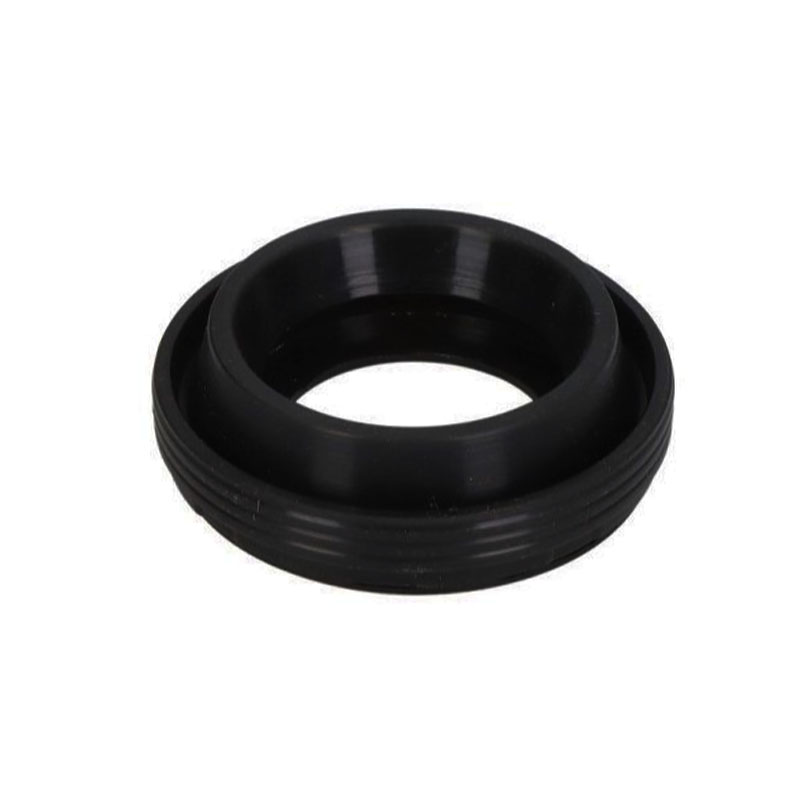Transfer Case Adapter Seal for Reliable Performance and Enhanced Durability in Off-Road Driving
Understanding the Importance of Transfer Case Adapter Seals in Automotive Systems
The automotive industry is filled with a plethora of intricate components that play crucial roles in the performance and reliability of vehicles. Among these components, transfer case adapter seals are critical for ensuring the overall efficiency of four-wheel-drive (4WD) and all-wheel-drive (AWD) systems. This article will delve into the significance of transfer case adapter seals, their functionality, and the implications of neglecting them.
What is a Transfer Case Adapter Seal?
The transfer case is a vital component in vehicles equipped with 4WD or AWD systems. It is responsible for distributing power from the transmission to the front and rear axles, allowing all four wheels to receive torque. The transfer case adapter connects the transfer case to the transmission, creating a necessary link for efficient power transfer. A transfer case adapter seal is a gasket or sealing component that is installed between the transfer case and the transmission. Its primary function is to prevent fluid leaks and ensure that the transfer case operates effectively without contamination.
Functions of the Transfer Case Adapter Seal
1. Fluid Retention One of the primary roles of the transfer case adapter seal is to retain transmission fluid within the system. This fluid is essential for lubricating the internal components of both the transfer case and the transmission, preventing wear and tear and ensuring smooth operation.
2. Preventing Contaminants The seal acts as a barrier against dirt, debris, and moisture. If contaminants enter the transfer case or transmission, they can lead to severe damage, resulting in costly repairs. By ensuring a tight seal, the transfer case adapter seal helps maintain the integrity of the internal components.
transfer case adapter seal

3. Pressure Maintenance The seal also aids in maintaining the appropriate pressure within the transfer case. Proper pressure levels are crucial for the effective functioning of various systems, including gear engagement and overall performance under different driving conditions.
The Consequences of Seal Failure
Neglecting the health of the transfer case adapter seal can lead to several issues. One of the most common problems associated with a failing seal is fluid leakage. This not only reduces the efficiency of the transmission and transfer case but can also lead to overheating. Over time, insufficient fluid levels can cause significant wear on gears and bearings, ultimately resulting in transmission failure.
Additionally, the ingress of contaminants due to a compromised seal can lead to catastrophic damage. Internal components may rust or suffer from accelerated wear, leading to a loss of power transfer, erratic performance, and, in severe cases, total system failure.
Maintaining the Transfer Case Adapter Seal
Regular maintenance is essential for prolonging the lifespan of transfer case adapter seals. Vehicle owners should routinely check for signs of fluid leaks and have the seals inspected during routine servicing. If any wear or degradation is detected, it is crucial to replace the seals immediately to prevent further damage.
In conclusion, the transfer case adapter seal plays a pivotal role in the operation and longevity of a vehicle’s drivetrain system. By understanding its functions and the potential consequences of neglect, vehicle owners can take proactive steps to maintain their systems, ensuring smooth and reliable performance. Regular inspections and maintenance can go a long way in preventing costly repairs and extending the life of the vehicle.
-
Understanding Automotive Oil Seals: Essential Components for Engine and Shaft Protection
News Jul.30,2025
-
The Importance of Heavy Duty Seals in Industrial and Residential Applications
News Jul.30,2025
-
Exploring Industrial Oil Seals: From Felt Oil Seals to TTO and CFW Solutions
News Jul.30,2025
-
Essential Guide to Oil Seals: From Radial to Metal-Cased Seals for Industrial Reliability
News Jul.30,2025
-
Choosing the Right Oil Seals and Gaskets for Industrial and Automotive Applications
News Jul.30,2025
-
Cassette Seals: Durable Sealing Solutions for Harsh Environments
News Jul.30,2025
-
Understanding the Front Main Engine Seal: Purpose, Maintenance, and Installation
News Jul.29,2025
Products categories















